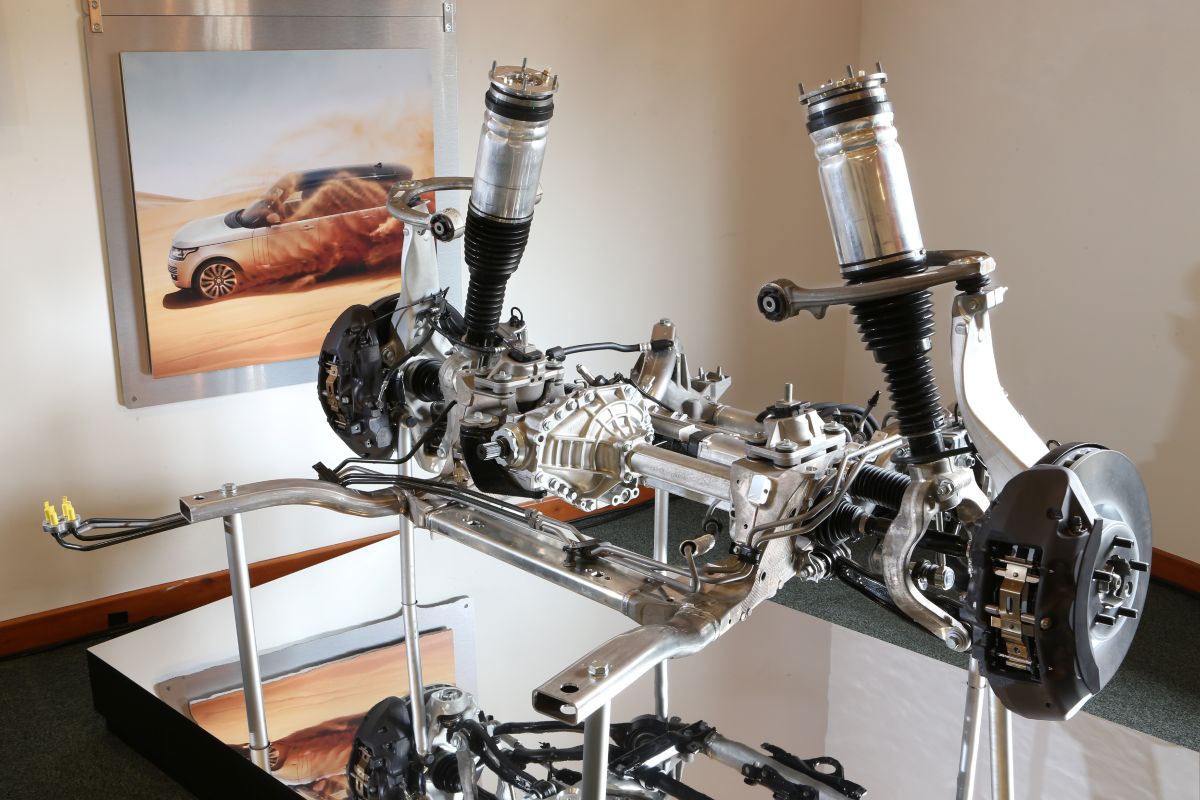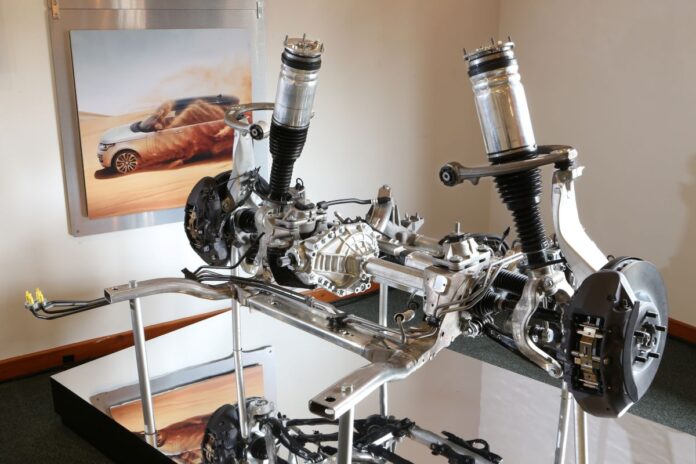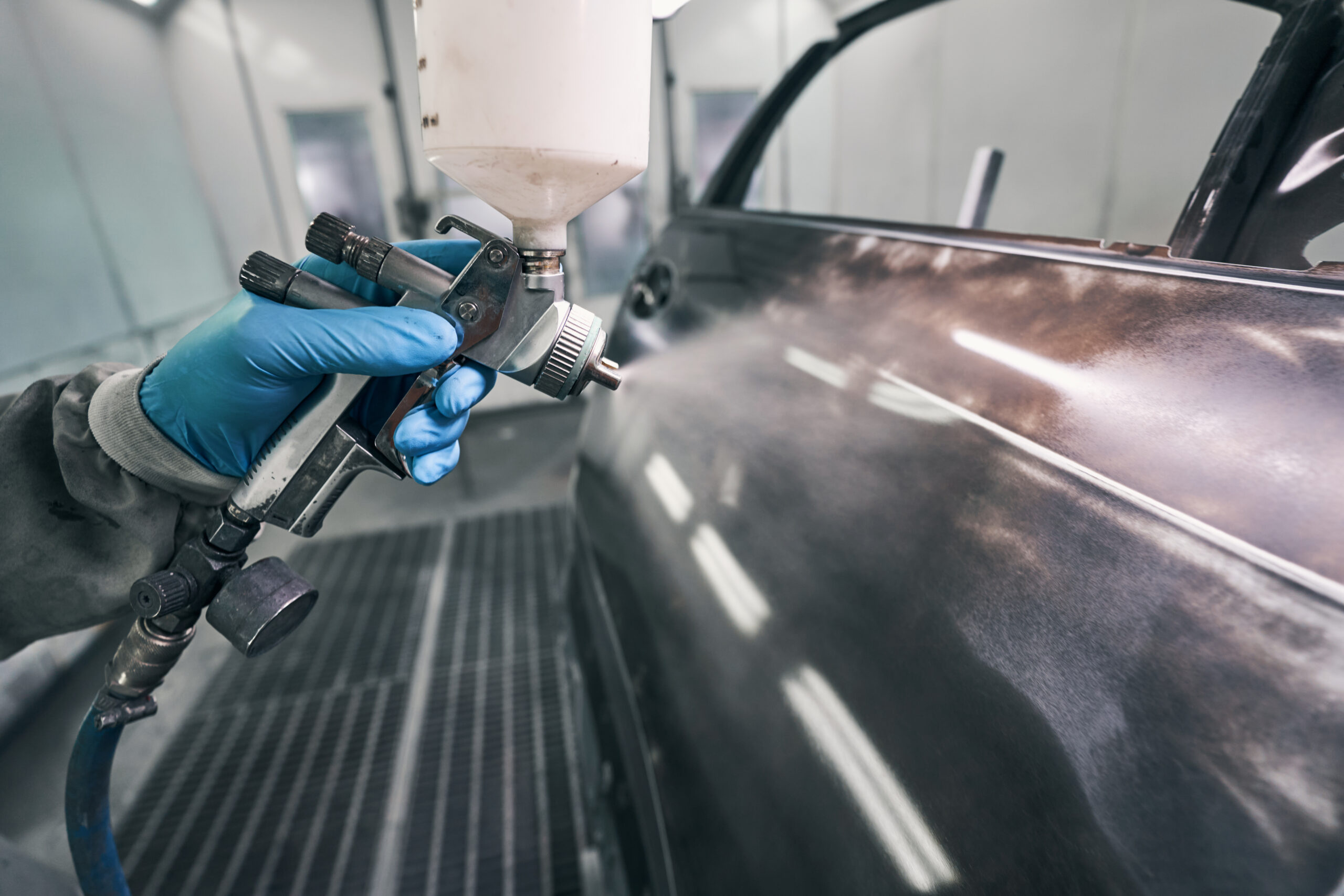The great transition to multiple powertrains overlaid on the progression of ADAS to SAE Level 3 has over the past decade produced some side-effects. For one the vehicle manufacturing profitability, setting aside the costs / limitations of location, have not got better. Recent developments with import duties to the USA combined with the compound effect of applying separate import duties on steel as well as aluminium have removed a lot of confidence.
The quarterly financial reports are flowing with red ink, as many people are – in Europe, Japan and North America – are forced to leave their automotive manufacturing jobs. This dark scenario is the end game of something that began more than 15 years ago.
To create a single model family there needs to be a lot of cash to fund the creative team (designers, engineers, finance experts, purchasers and more) for several years in addition to paying for all the tooling, the machines that use the tooling, adaptions to the production line… The overall costs, a guide are:
- All new model with two or three styles – anywhere from $5 billion $10 billion
- All new body with carry-over mechanicals – $2.5 billion
- Facelift of an existing model, no powertrain changes – $750 million
Now let’s look at what has taken place:
- Law – two emission standards (Euro 6 in 5 stages, Euro 7 inbound)
- Law – two ways to measure tailpipe emissions
- Law – phase out of pure internal combustion engine powertrains by 2030 (ish)
- Law – phase out of MHEV, HEV and PHEV internal combustion powertrains by 2035 (ish)
- Law – a protocol to measure electric only drive range
- Law – automatic emergency brake system. This was expanded to include road sign recognition, lane keeping and more.
- Euro NCAP protocols – six revisions, with the seventh due to 2026
- Result – introduction of pure BEVs along with multiple MHEV, HEV and PHEVs into many manufacturer model line-ups.
- Result – significantly strengthened side structures to protect underfloor BEV batteries, initiating additional side airbags.
Legislation fest with consequences
The main issue is the law remained ill-defined or even undefined past the point a vehicle manufacturer would pull together the business case and team to create the solutions. Further, manufacturers – all of them – developed products one by one, carrying over newly developed content into future programmes.
The issue was many manufacturers did not have a ‘high voltage team’ or an ‘ADAS team’. Even if they did possess such things, the technology available back in 2010 was primitive and often expensive – almost impossible to build into a financially viable programme. So, how to fit a square peg into a round hole?
Passion.
By back-filling and making things work, some systems were developed with the wrong type of people trying to do a great job. Some manufacturers had the super rare skill sets in place, but many did not. The whole team – including the suppliers – got over stretched, making mistakes a near certainty.
If a manufacturer was lucky the result never saw the light of day, and if not…..
Recall, recall, recall
The ‘R’ word is deeply significant to a vehicle manufacturer.
From the rate of recalls and the type or recall, it is clear trying to create vehicles in half or one third of the time has produced a wave of problems. More often than not if the issue is not safety critical, it is built into servicing programmes – especially for software.
Here are two recall examples:
7th May 2025: Citroën C3 ‘A8’ built between 24th September 2008 to 21st February 2017; 55166 cars / DS3 ‘PF1’ built between 5th December 2008 and 30th May 2019; 99524 cars.
The Takata SRS airbag affair arises yet again. Takata (50 per cent owned by Honda) made a less expensive gas generator which could, over time, become unstable. Originally airbags using a solid gas generator were made with sodium azide (NAN3), which fills the it with nitrogen (N2).
Takata developed an alternative using ammonium nitrate (NH4NO3), but this could upon initiation generate gas so quickly it would break the steel gas generator case. These particles hurtle out of the assembly at great speed, and embed in anyone or anything in the way. The instability is triggered by thermal cycling around 32.3 C, at which point the compacted power can develop crystals….
Takata, weighed down by litigation over occupant deaths and injury, went bust – and nearly took Honda with it. The remaining major SRS companies such as TRW (now part of ZF) and AutoLiv undertook to build replacement modules, but given the systems were built around existing instrument panels and steering wheels only like-for-like was possible, with ammonium nitrate (NH4NO3) gas generators.
This issue springs up on most mass market vehicles build in the last two decades, with fresh recalls every month. Note the recall could appear at any time for vehicles of all ages.
Source: https://www.check-vehicle-recalls.service.gov.uk/recall-type/vehicle/make
- Upside: UK recalls are listed, with make / model / manufacture date range / number of cars affected.
- Downside: There is no information in the database about the root cause, the investigation, or how to remedy the issue.
8th August 2025: Range Rover ‘L405’, built between 1st October 2014 and 10th November 2017; 54720 cars – USA only. Range Rover sport ‘L494’, built between 1st October 2014 and 10th November 2017; 66789 cars – USA only.
The upright ‘swan neck’ has a casting section change in the region of the ball joint attachment, and with heavy exposure the winter road salt along with a known defect can fracture. Failure has been known to occur in a very small number of cases, typically during parking. This recall was an expansion of a 2024 recall which was enacted in the UK, Canada and the USA.
The 2018 facelift vehicles are not affected, nor the very earliest builds. The upright casting supplier to JLR is named.
Source: https://www.nhtsa.gov/recalls
- Upside: Everything from the initial investigation, instructions, notes for dealers, customer letter – are hosted.
- Downside: This service is only a heads-up for the UK. Not all European vehicles are sold there, and the specifications can vary. However, it does give excellent information.

Other data sources:
Germany: kba-online.de
- Upside: Gives recall numbers for Germany, slightly more technical detail, available in English. Hit the ‘spanner’ icon titled ‘Rückrufdatabase’ to start the search.
- Downside: No investigation detail, no repair information.
EU27: https://ec.europa.eu/safety-gate-alerts/screen/search
- Upside: Gives make / model / affected build date range,
- Downside: The best information is from KBA, everything else is inferior.
Aggregator: car-recalls.eu
- Upside: Single site to access information from all of the sites mentioned.
- Downside: No additional information to the source material.
The problem
There have been multiple simultaneous ‘pulls’ on vehicle manufacturer teams over the past decade, and if problems arise the information flow is difficult to follow. While there are national and European registers of recalls, typically on a global vehicle the information will appear in the USA before it appears in Europe.
The solution
The opportunity for repairers is to do the pre-scan, post-scan and……. a recall check.
Historically, vehicle manufacturers spend a lot of time and money to chase each affected vehicle, and something like 80 per cent success is often the highest level of impact. Some recalls demand 100 per cent response.
The NHTSA have a two-track system – a procedure for complaints, and then if the frequency justifies it, an investigation. That will trigger the second track, where a vehicle manufacturer will voluntarily recall or – if required – NHTSA can force them to do so.
Broadly the recall system works in similar ways across the EU27 and UK, but even though the NHTSA system is far from perfect, it is considerably better than anything in Europe. All information is published – even if, as in the case of Nissan’s self-destructing variable compression ratio engine – the key report was 90 per cent redated and about 2 years late. Still, the report exists.
So, there is a requirement for a better recall system. Bodyshops should be part of the front line in ensuring safety critical recalls are completed, and in turn, that would help owners as well as reducing liability for insurers.




